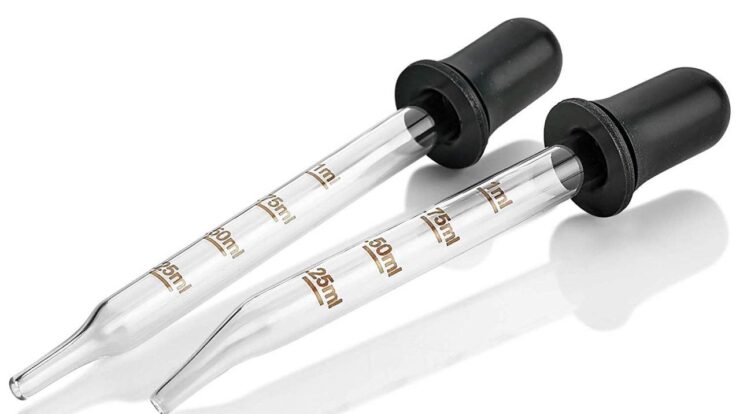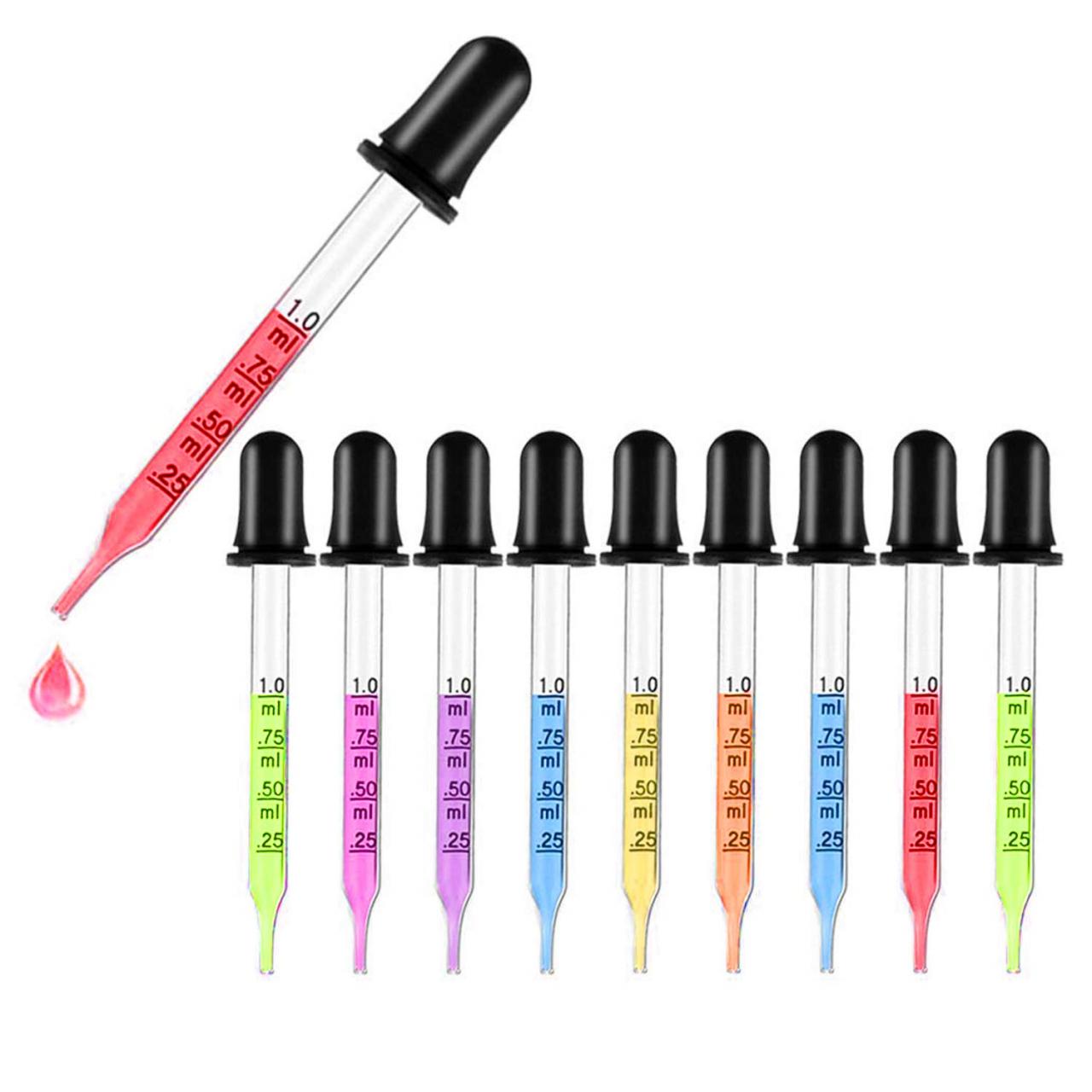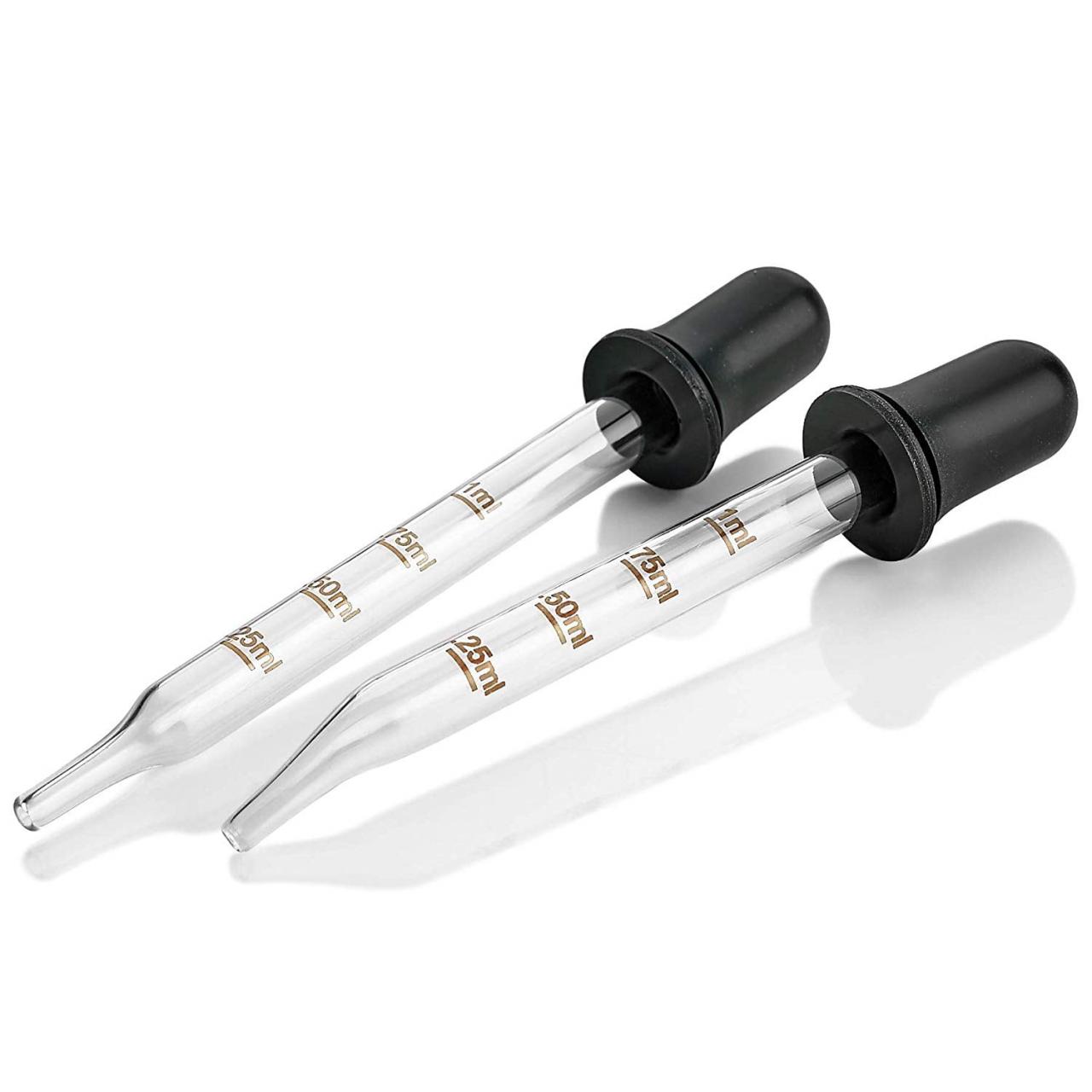
Dropper meaning – Delving into the multifaceted world of droppers, this article unravels the intricacies of their usage, design, and applications. From scientific precision to artistic expression, droppers play a crucial role in various fields, making them an indispensable tool in our daily lives.
Their versatility extends from precise liquid measurement in scientific experiments to intricate artistic techniques. Understanding the dropper meaning and its implications enables us to appreciate the profound impact of this seemingly simple instrument.
Dropper Meaning and Usage
A dropper is a small, handheld device used to dispense small amounts of liquid. It consists of a tube with a narrow tip at one end and a bulb or pipette at the other. The bulb is squeezed to draw liquid into the tube, and then released to dispense the liquid through the tip.
Droppers are commonly used in a variety of settings, including:
- Science and medicine
- Arts and crafts
- Cosmetics
- Cooking
Dropper Types and Designs
Droppers come in a variety of types and designs, depending on their intended use.
- Glass droppersare made of borosilicate glass, which is resistant to heat and chemicals. They are often used in scientific and medical applications.
- Plastic droppersare made of polyethylene or polypropylene, which are lightweight and flexible. They are often used in arts and crafts applications.
- Rubber droppersare made of natural or synthetic rubber, which is soft and pliable. They are often used in cosmetics and cooking applications.
Droppers also come in a variety of shapes and sizes. Some droppers have a straight tip, while others have a bent tip. Some droppers have a large bulb, while others have a small bulb. The shape and size of the dropper will depend on its intended use.
Dropper Applications in Science and Medicine: Dropper Meaning
Droppers are commonly used in science and medicine for a variety of purposes.
- Measuring and dispensing liquids:Droppers can be used to measure and dispense small amounts of liquid, such as chemicals, reagents, and medications.
- Collecting samples:Droppers can be used to collect samples of liquids, such as blood, urine, and saliva.
- Administering medications:Droppers can be used to administer medications, such as eye drops, ear drops, and nasal drops.
Dropper Applications in Arts and Crafts

Droppers are also commonly used in arts and crafts for a variety of purposes.
- Painting:Droppers can be used to apply paint to a surface. They can be used to create fine lines, dots, and other details.
- Drawing:Droppers can be used to draw with ink or other liquids. They can be used to create lines, washes, and other effects.
- Other arts and crafts:Droppers can be used for a variety of other arts and crafts projects, such as making jewelry, creating paper crafts, and decorating cakes.
Dropper Care and Maintenance

Droppers should be cleaned and sterilized after each use. This will help to prevent the spread of bacteria and other contaminants.
To clean a dropper, simply rinse it with hot water and soap. You can also use a mild bleach solution to sterilize the dropper.
When not in use, droppers should be stored in a clean, dry place.
Ultimate Conclusion
In conclusion, droppers have proven their worth as indispensable tools across diverse disciplines. Their ability to dispense liquids accurately, facilitate artistic expression, and aid in scientific research makes them a testament to human ingenuity. As we continue to explore the potential of droppers, we can anticipate even more innovative applications that will shape our world in countless ways.
FAQ
What is the primary function of a dropper?
Droppers are designed to dispense liquids in controlled, small volumes, typically ranging from a few drops to several milliliters.
What are the different materials used to make droppers?
Droppers are commonly made from glass, plastic, or rubber, each material offering unique advantages and drawbacks in terms of durability, precision, and cost.
How are droppers used in scientific experiments?
In scientific settings, droppers are employed for precise liquid measurement and transfer, ensuring accuracy and minimizing contamination.





